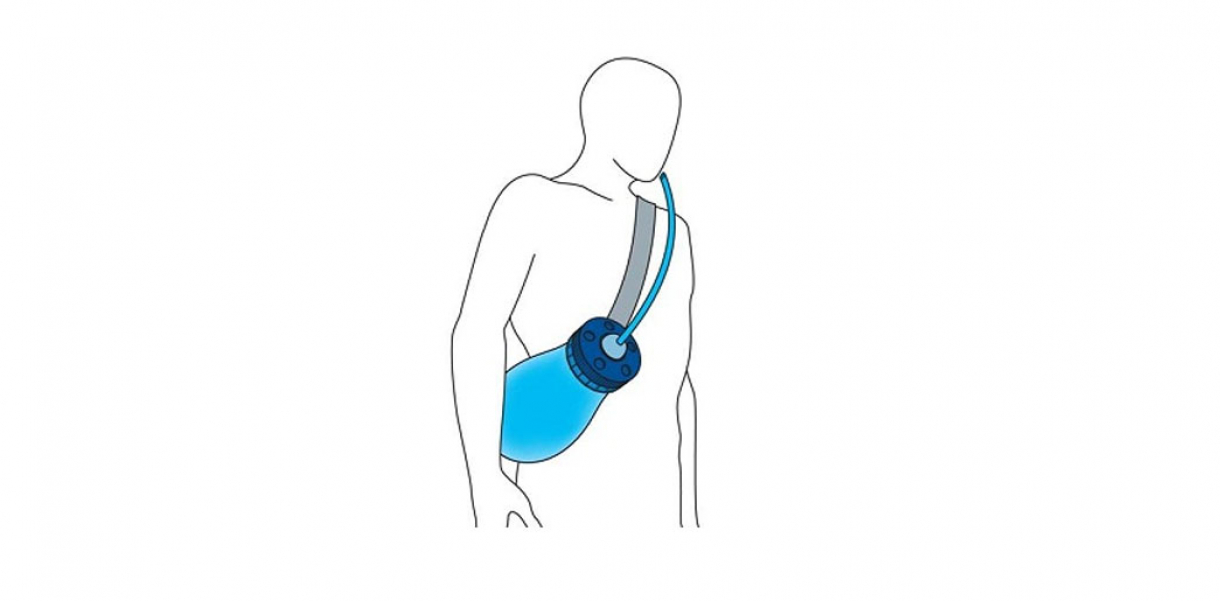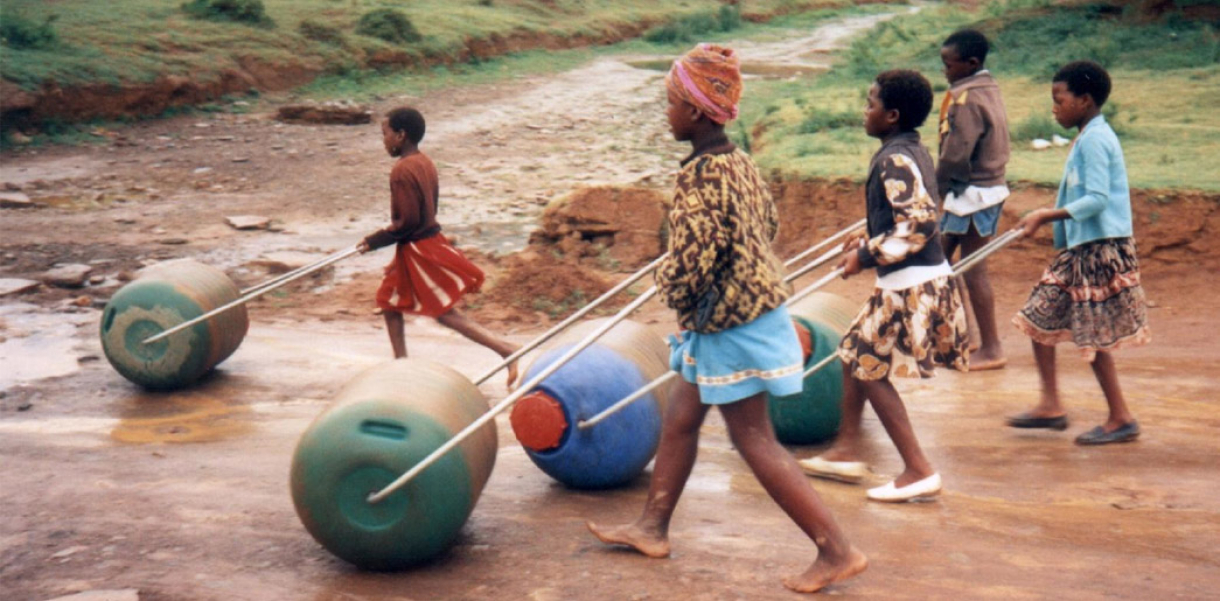Functionality and use of design
The visitor will both experience the ocean on the outside of the tank as well as feel the oceanic power while trying the chairs which because of the water pressure bobbles inwards in the tank. There will be cut hole in the tanks and adjusted each other and welded together, then submerged about 7 meters down under the ocean surface and anchored to the sea floor with wires. They will float submerged because of the tanks uplift. Integrated in the tank formation is a vertical tank with a staircase. This will ascend over the ocean surface and connect to land by bridge.
How did this design improve life?
Within the next couple of years over 1500 oil-, gas- and acid tanks will be removed from the Norwegian socket. For the oil industry this represents a great waste problem. For the time being the oil industries solution is to re-melt the tanks, but this is a lose-lose situation both economically and with a view to the resources.
Recycling of oil installations is both a help on reducing the magnitude of waste disposal sites and opening the eyes of the visitors for the enormous potential which lies in recycling. In spite the fact that Norway has a spectacular and unique submarine nature, even the Norwegians does not know this. Through Tank Park you will get access to a new type of nature.
The Ocean is a hidden and secret waste disposal site, and certainly not unaffected by pollution. Tank Park can therefore contribute to a wider focus on the ocean environment. At the same time this installation in itself will encourage plant and animal life because the exterior of the tank will function as a growth surface for plants, which again attracts fish etc. Tank Park is not a consumer product. It is a product which gives the visitors an immaterial experience. By offering an experience product the visitors will at least not be a consumer while visiting the ocean with Tank Park.
The 3D exhibition model is sponsored by the Oslo School of Architeture and Design, where designer Grethe Løland now studies.
Drawbacks of life improvement
Cleaning of some types of oil, gas, acid or alcoholic tanks may involve the use of chemicals, but the oil companies has to carry out this cleaning process either way, if they are to re-melt the tanks to ordinary steel again, like their original plan are. This is therefore not a pollution factor caused by the idea of the Tank Park in itself. All use of chemicals from the oil companies’ side must anyways be approved by the strict Norwegian standards.
Research and need
While in the process of the design Greta Løland was in a dialog with both the oil company ConecoPhillips, Stavanger oil museum and various traditional cutting- and re-melting companies. Adaptation to the submarine environment are done in collaboration with experienced diving instructors, and the technical solutions are developed in collaboration with a marine-engineer with long experience on building submarine machines for the oil industry. She has also visited an oil drilling platform and attended a diving course.
Designed by
Grethe Løland - Norway






